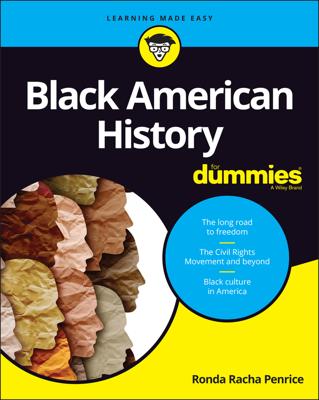Very few people doubt that Martin Luther King, Jr., knew that his days were numbered. The fates of other figureheads and leaders in the civil rights movement — particularly the murders of Medgar Evers and President John F. Kennedy in 1963 and Malcolm X in 1965 — greatly clarified the risk that accompanied King’s work.
Even after battling Alabama’s notorious Bull Connor and enduring repeated jailings and assaults, King pressed on, lending his leadership and influence to efforts in Chicago and Memphis. He seemed unfazed by or perhaps resigned to the prospect of death.
The night of MLK's death and days following
On April 4, 1968, at the Lorraine Motel in Memphis, King stood alone on the second-floor balcony. At around 6 p.m., a single shot hit him in the neck. King’s longtime friend Ralph David Abernathy was among the handful who immediately rushed to his side.
At 7:05 p.m., not even a full hour later, doctors at St. Joseph’s Hospital pronounced him dead. Before the night’s end, President Johnson addressed the American public on all major networks and urged unity in this time of crisis. A national day of mourning followed.
For many Americans, especially African Americans, more than King died on that motel balcony that fateful night. In no less than 60 cities, including Chicago, Washington, D.C., and New York, African Americans lashed out in violence as the reality of King’s assassination sank in. Civil disorder was so high that as many as 40,000 regular and National Guardsmen filtered throughout the nation.
Some cities adopted curfews to curtail the violence. Nationwide an estimated 46 died. Injuries were as high as 3,000, but authorities arrested many thousands more, mostly for looting.
Instead of canceling his appearance before a black audience in Indianapolis, presidential hopeful Bobby Kennedy bravely informed the crowd of King’s death. “We can do well in this country,” he told the crowd, trying to restore hope. “We will have difficult times; we’ve had difficult times in the past; and we will have difficult times in the future. . . But the vast majority of white people and the vast majority of black people in this country want to live together, want to improve the quality of our life, and want justice for all human beings that abide in our land.”
On April 9, Jacqueline Kennedy, Vice President Hubert Humphrey, U.S. Supreme Court Justice Thurgood Marshall, and other dignitaries descended on Atlanta to attend King’s funeral. An estimated 100,000 people walked behind King’s body during the funeral procession, and millions more watched the event on television.
MLK's work continued by others
Those closest to King, despite their grief, bravely marched to tie up some of King’s loose ends. On April 8, just days after King’s assassination, Ralph David Abernathy and Coretta Scott King led a silent march of 20,000 through Memphis in support of the Memphis Sanitation Workers’ Strike, the cause that brought King to Memphis in the first place. The 65-day strike ended with a bittersweet settlement just 8 days later.
That May, as the SCLC’s new president, Abernathy tried to keep King’s Poor People’s Campaign alive by establishing Resurrection City, where more than 2,000 people of varying ages and races camped out near the Lincoln Mall. The optimism of Resurrection City ended with the news of Robert F. Kennedy’s assassination on June 5.
Two days following King’s funeral, Congress passed the Civil Rights Act of 1968. Most people know Title VIII of the act as the Fair Housing Act. It is significant because it prohibited discrimination based on “race, color, religion, or national origin” in selling or renting property. It also made designating any preference in advertising the rent or sale of a property based on race, color, religion, or national origin illegal.
Despite this victory, the civil rights movement was never the same. So many people had given their lives for freedom and equality. Black America was at a crossroads. King’s assassination was a hard blow. Only time would tell if America’s deepest scars would heal.

